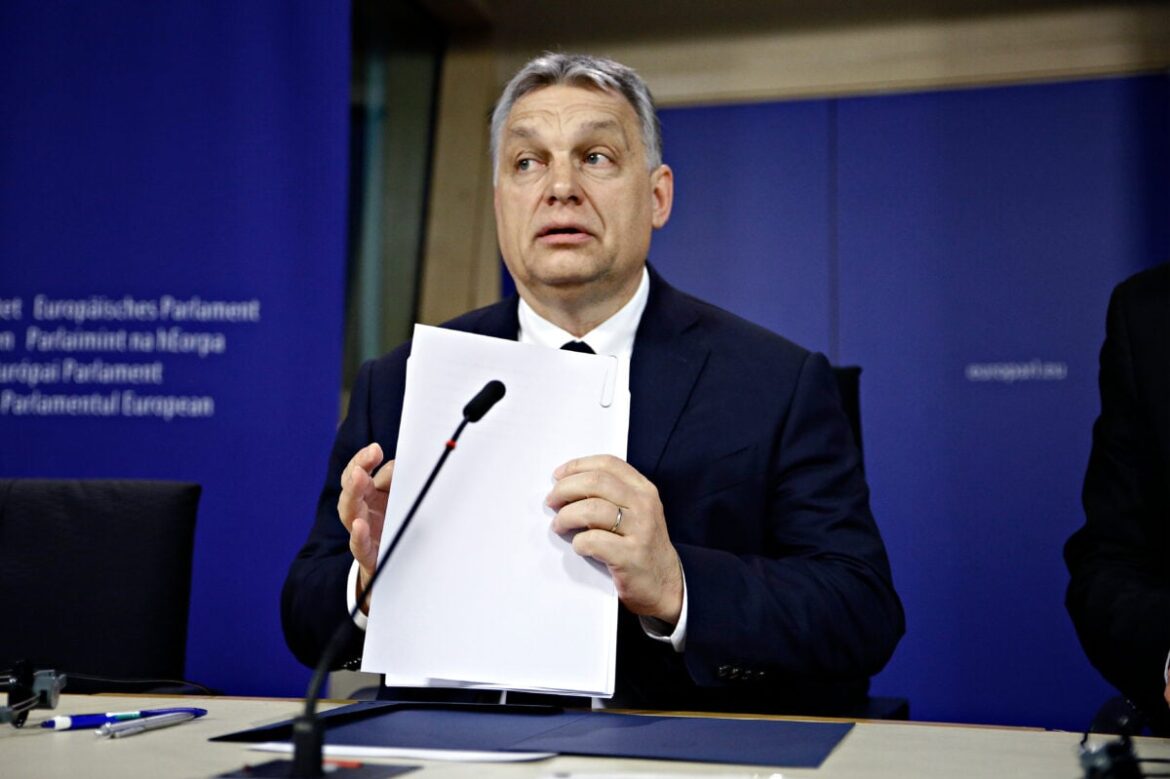`)
}
});
} else {
$(‘.blur’).css({
‘background’: ‘linear-gradient(95deg, #4e4e4e 25%, #000 45%, #bbb 75%, #FFFFFF 100%) 98%/200% 100%’,
‘text-transform’: ‘inherit’,
‘-webkit-background-clip’: ‘text’,
‘background-clip’: ‘text’,
‘-webkit-text-fill-color’: ‘transparent’
})
$(“.wpb_content_element”).append(`
Want to read more?
Click on the button below to access all premium content
articles by purchasing one of our educational packages
`)
}
});
Hungary and the Orban legend
Hungary is a very different country from all the other European countries around it. Probably the most striking example of this is the Hungarian language. This is a unique Uralic language, which, although it is one of the 24 recognised languages of the European Union, is not related to any of them. Then there is Hungary’s ethnic composition. Although there are small German, Romanian and Slovak minorities, Magyars constitute the majority ethnic group at about 80% of the total, and once again, these Magyars are not related to any other European ethnic group. They are believed to have migrated over from the river Volga area of Russia in the 9th Century, and have managed to keep their separate identity. Because of the totally different language, and the totally different ethnicity, maybe we should not be surprised if Hungary goes about things in a different way to other countries.

